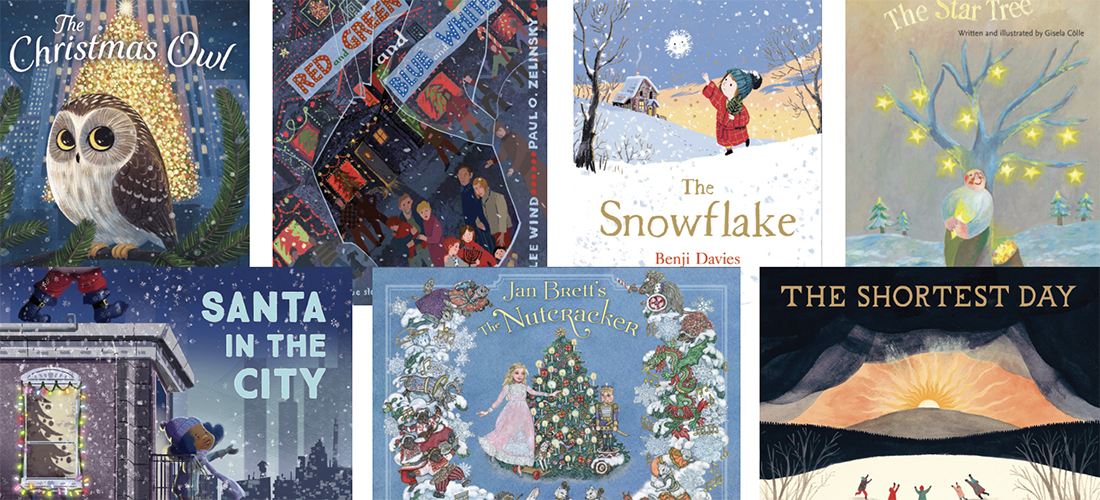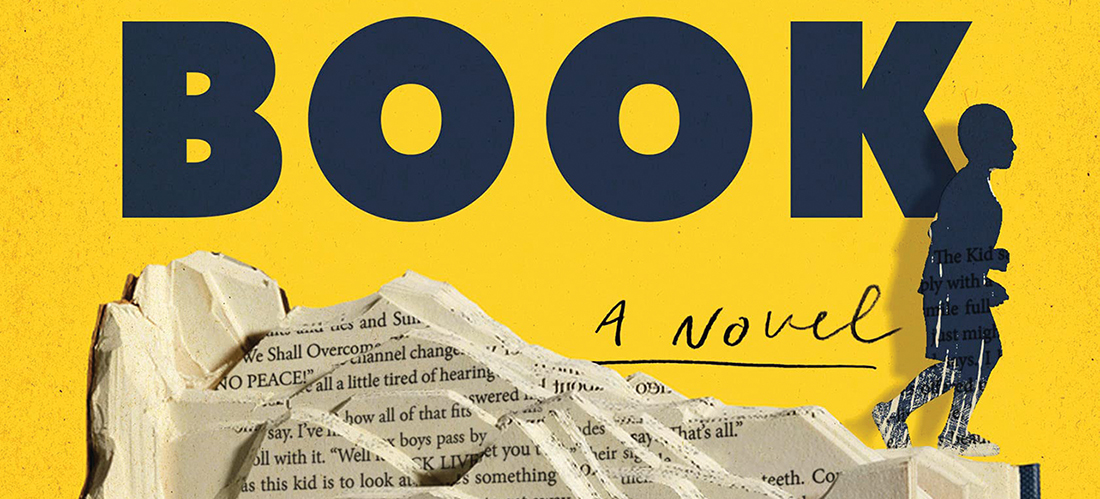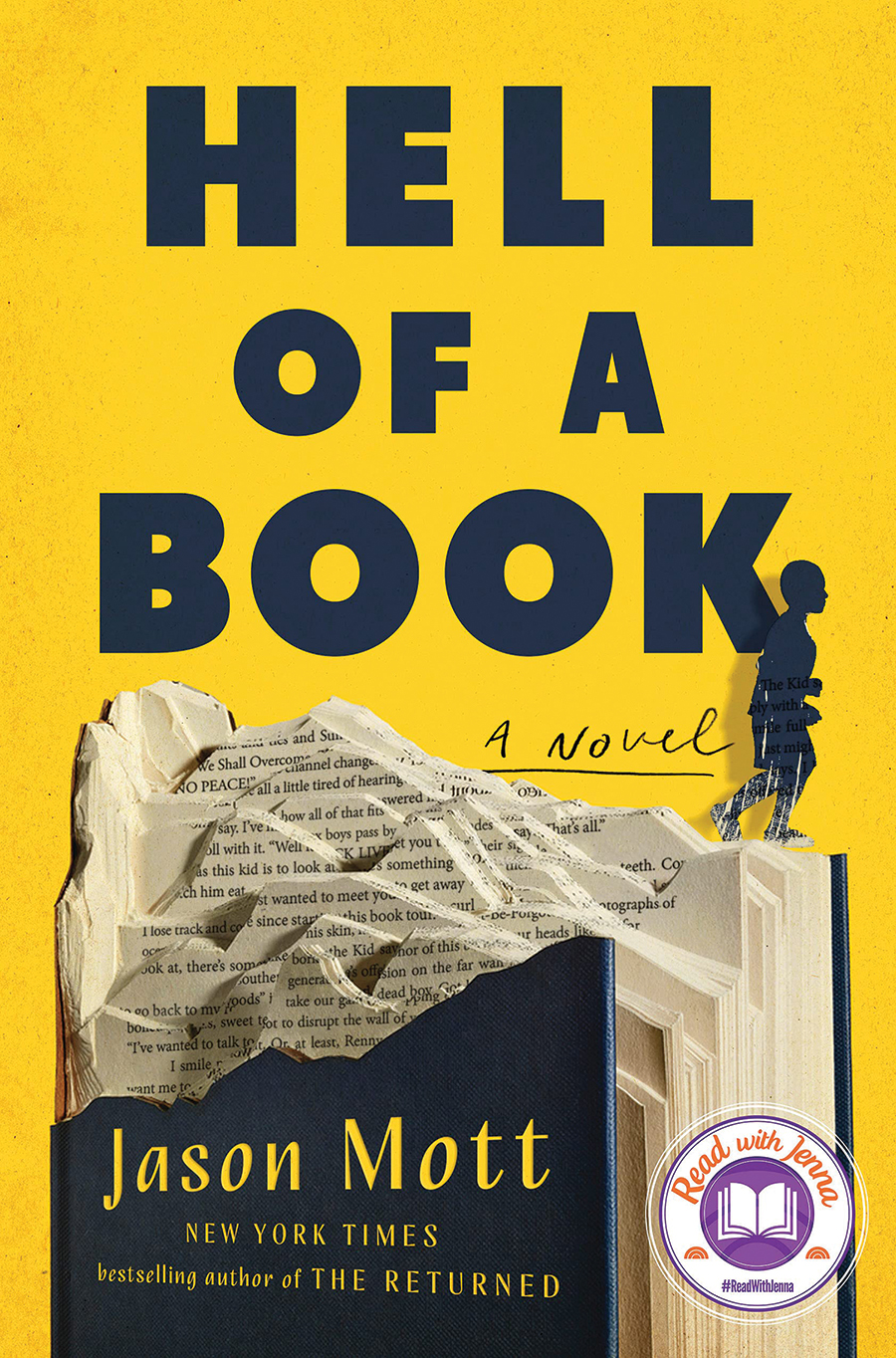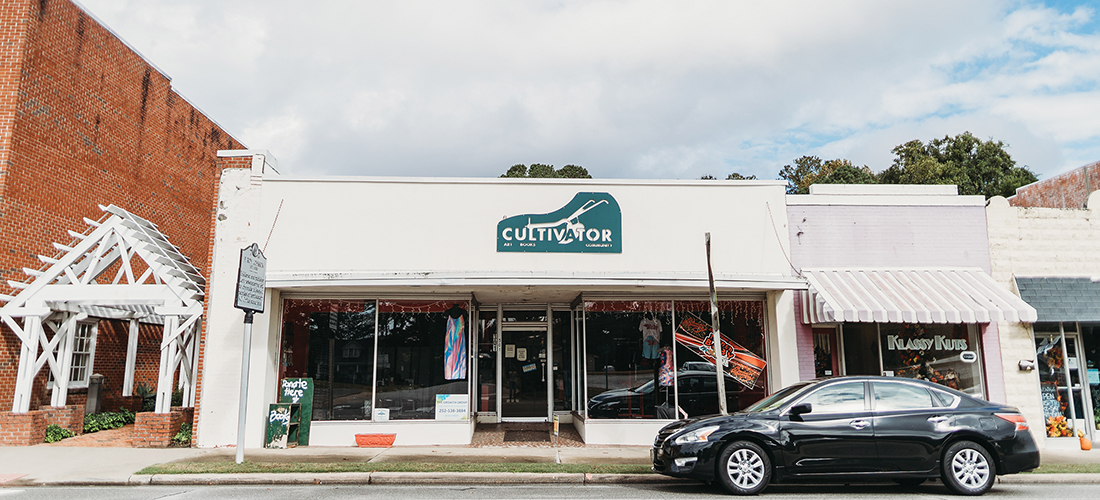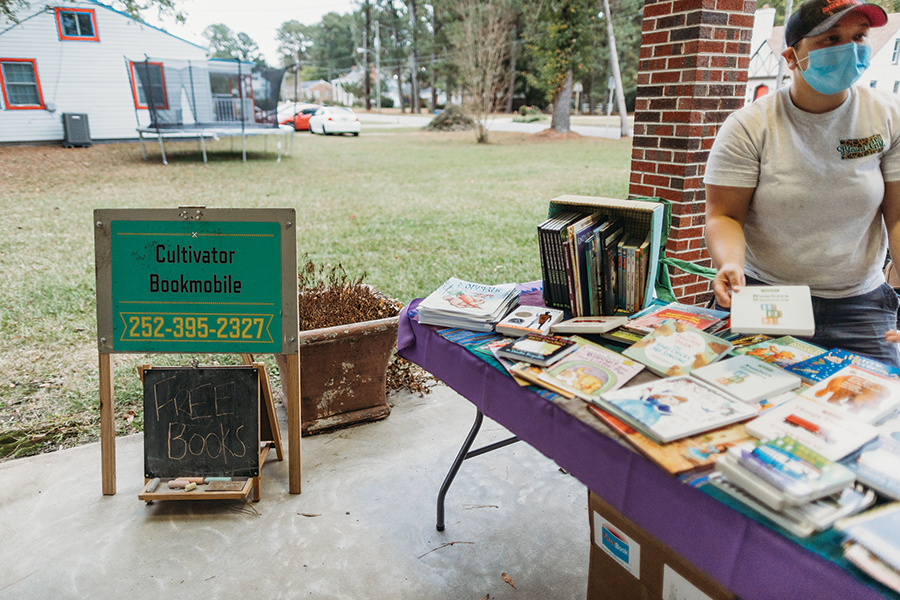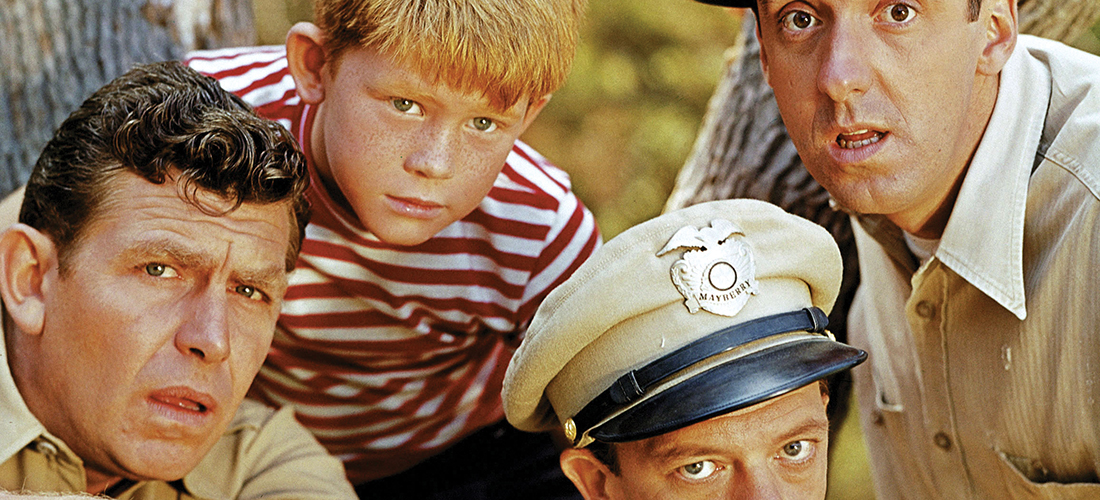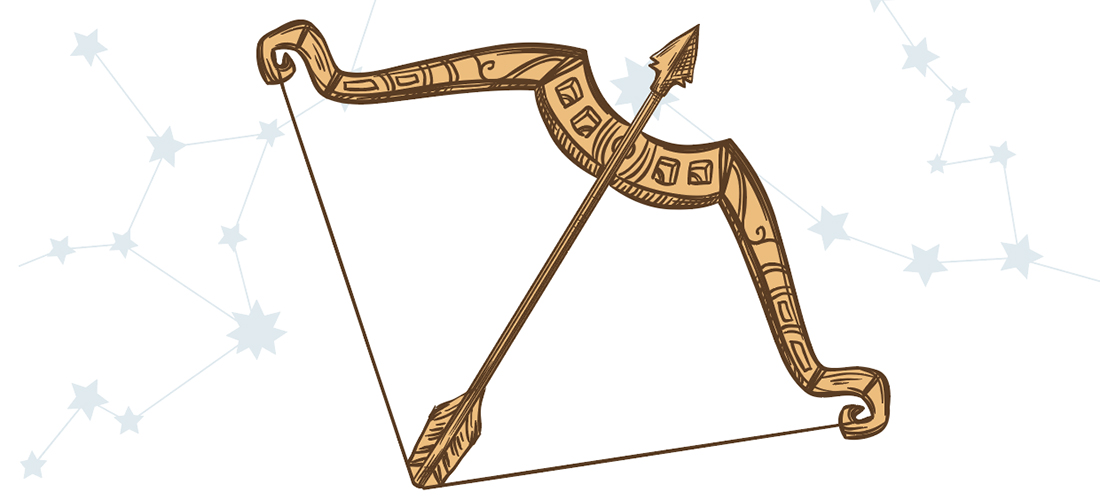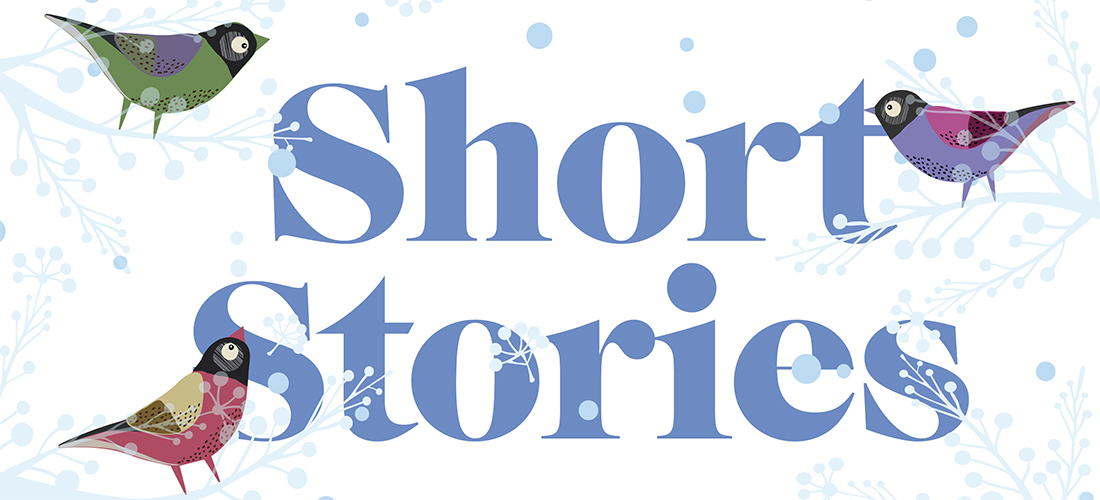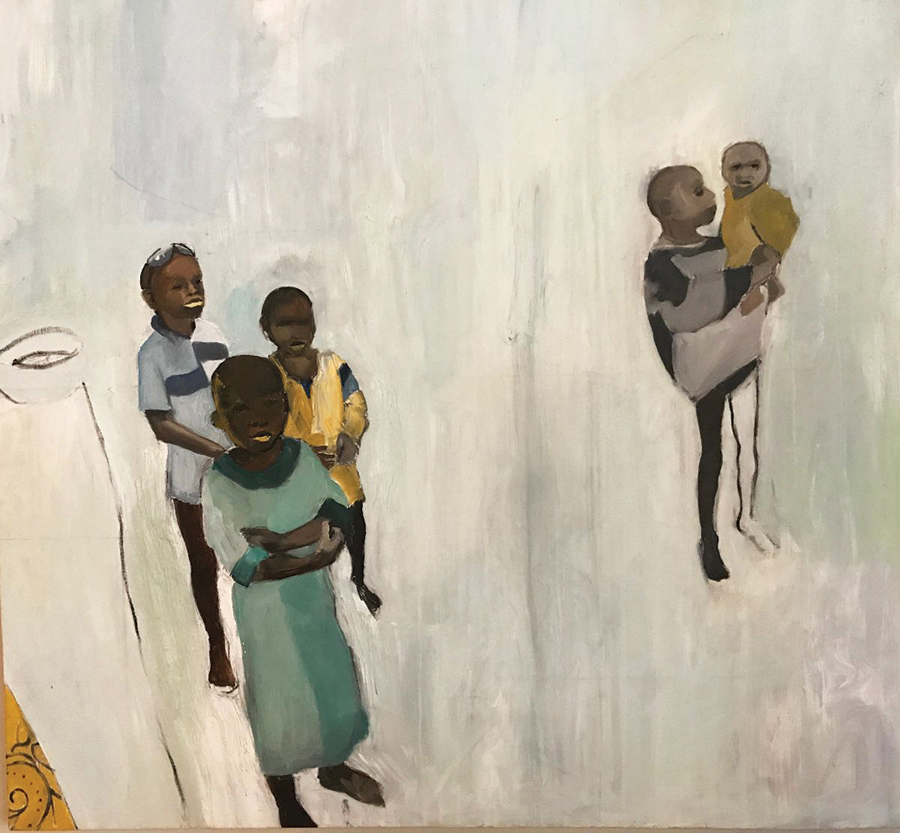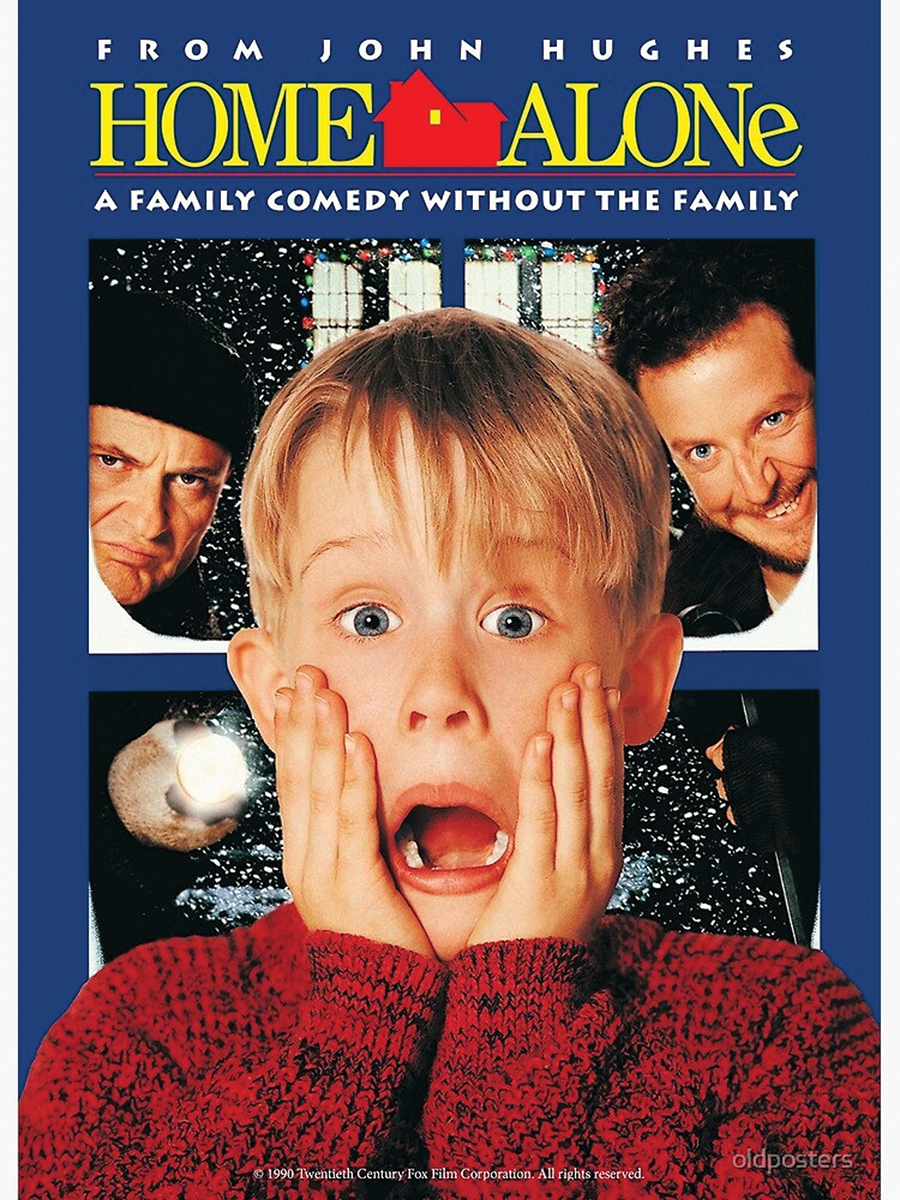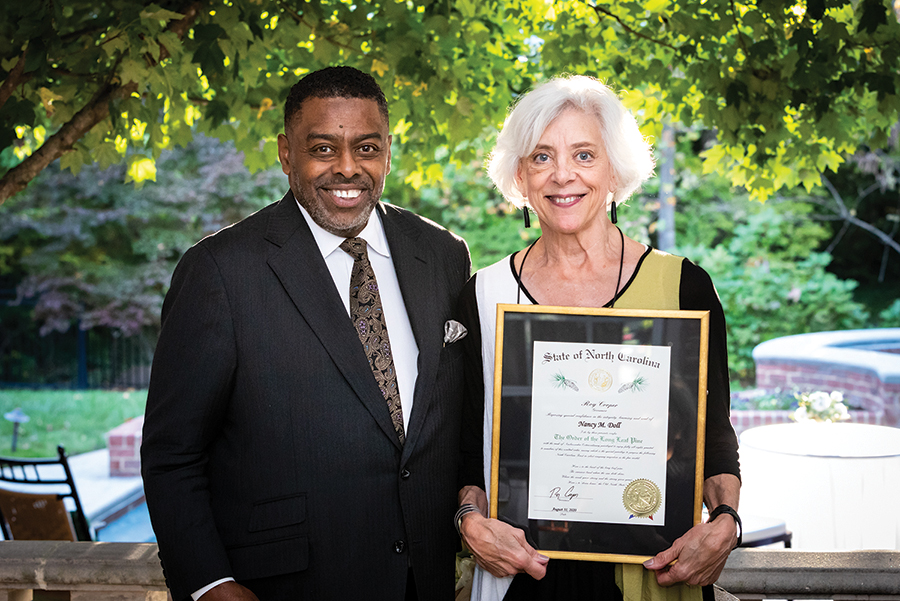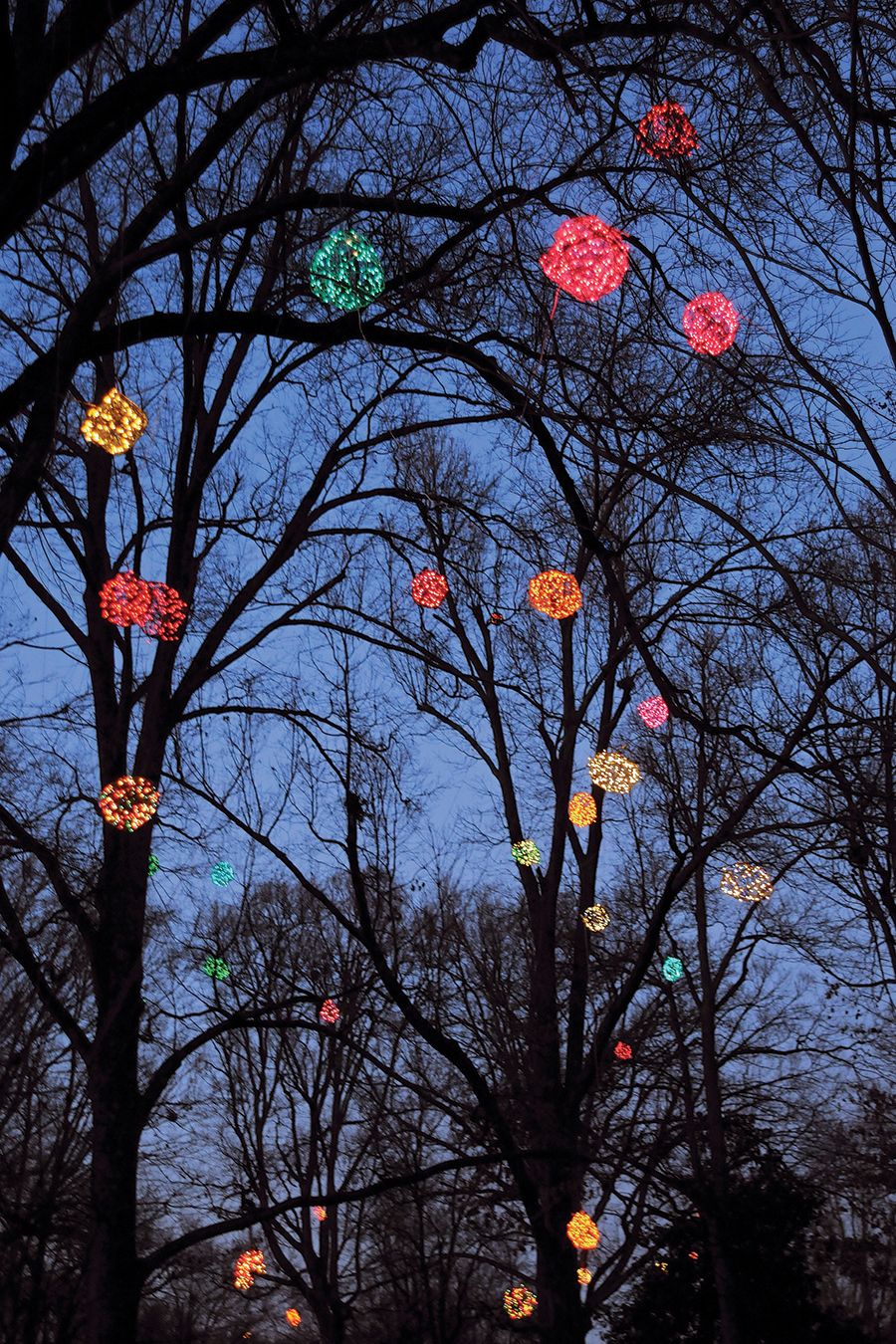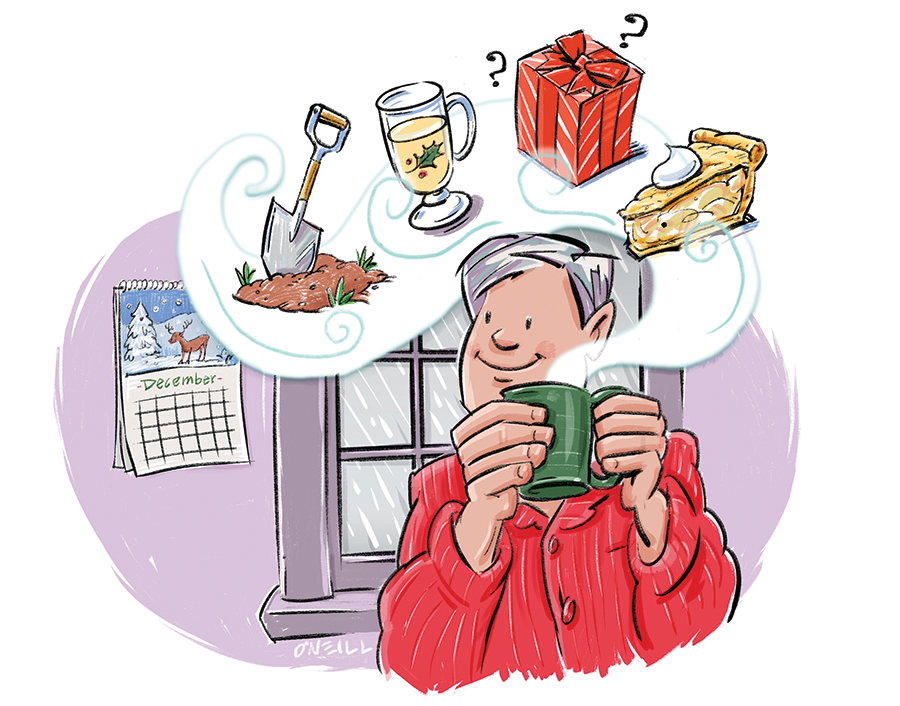Home by Design
Fruitcake Weather
It’s here. And so are the memories
By Cynthia Adams
Truman Capote’s “A Christmas Memory,” a paean to love, is Capote at his best.
The tale centers on young Buddy, Truman’s alter ego, and his elderly cousin Sook, celebrating the arrival of “fruitcake weather.” Thus, preparations begin for 30 fruitcakes, one earmarked for FDR’s White House. The glowing wood stove and ambrosial smells remind me of those who baked joyfully: my Great-Grandmother Loretta McClellan and my own grandma, Mama Patty.
They were equally enthusiastic about both fruitcake and the Roosevelts. Their fruitcakes — nut-filled and flawless — kick-started my affection for the holiday confection.
Loretta and Pat baked holiday cakes with effortless ease: fresh coconut and chocolate or vanilla pound cakes.
Our mother, Jonni Louise, did not. She inherited few cake-baking talents from her elders and her infamous fruitcakes became the stuff of family legend. She compensated for disappointing dryness with a liberal dousing of brandy. Marinating until Christmastime, her fruitcakes disintegrated in a pool of liquor. On Christmas Eve, we picked around the alcoholic mush, patting our stomachs and claiming we were too stuffed. Mom, skeptical but unfazed, was nothing if not an improviser.
Occasionally, her improvisations succeeded.
With our father away for work, for instance, she once bought the Christmas tree without him. That night, it looked like a tinseled Tower of Pisa. When crashing to the living room floor for the second time, shattering more ornaments, we heaved it upright. Limbs scratched our arms and ruined orbs crunched beneath our feet. Snatching up a hammer, Mom nailed the stand to the newly waxed and buffed oak floor. We watched in shock and awe.
Mom embraced the expedient.
When a hem fell out of my holiday dress before the school pageant, she grabbed tape and a stapler.
Yet there was no compromising on one thing: Hallmark (Who, by the way, invented gift wrap).
Hallmark’s tagline — “When you care enough to send the very best” — was coined in 1944. It so compelled her that, for the rest of her life, whenever she received a card, she searched for their imprimatur before reading it. The unspoken was: Had the sender cared?
Jonni Louise indeed cared, driving to a Monroe Hallmark shop, where she gorged on themed paper goods and the tour de force: centerpieces with honeycomb pleats — trees, snowmen or Santas.
Hallmark’s sentimental ploy was peerless; its sappy commercials could make a grown man cry. Only Folgers’ 1984 Christmas jingle matched Hallmark tear for tear. We wept when the prodigal son, usually a serviceman, snuck into the kitchen to surprise Mom on Christmas morn as — what else? — coffee brewed. The best part of waking up . . .
We smelled it!
Lifelong, Mom easily spent more on Hallmark swag than on food — though plenty was spent on holiday feasts. (Not to mention liquors required for fruitcakes, bourbon balls and other desserts.)
“A Christmas Memory” offers this O. Henry ending: Having spent their savings on fruitcakes for others, Buddy and Sook spend Christmas flying kites made for one another. A joyful Sook exclaims, “I could leave the world with today in my eyes.” It was, in fact, their last Christmas together.
Two years ago, not long before Jonni Louise departed from this realm — and just before the holidays — we shared Claxton’s store-bought fruitcake and a cup of (Folgers’) coffee.
“It will do,” she declared.
I fear Hallmark’s bottom line plunged that Christmas.
But, perhaps not, given the many sympathy cards from those who knew Jonni Louise well. They had, indeed, cared enough to send the very best. OH
Contributing editor Cynthia Adams may or may not prefer her fruitcake soaked in brandy.


